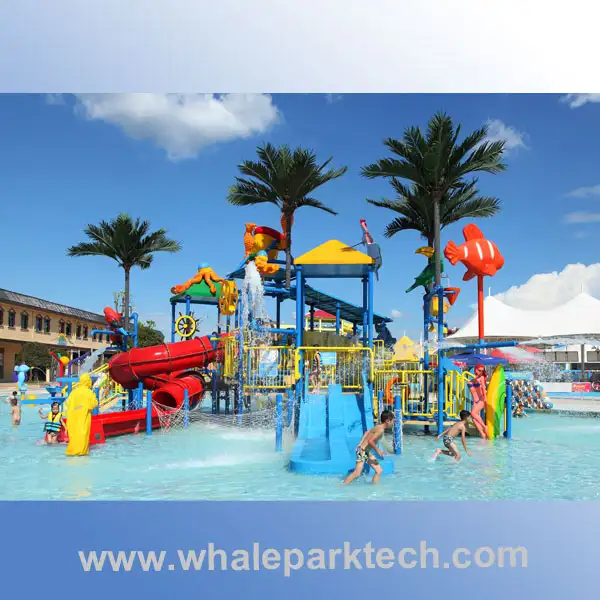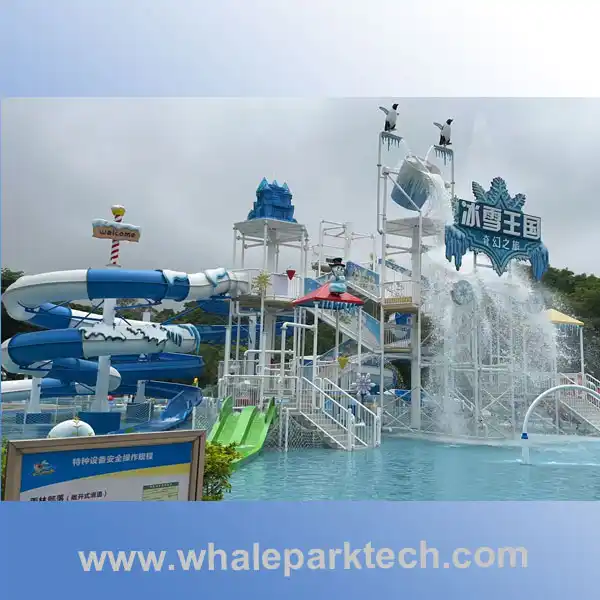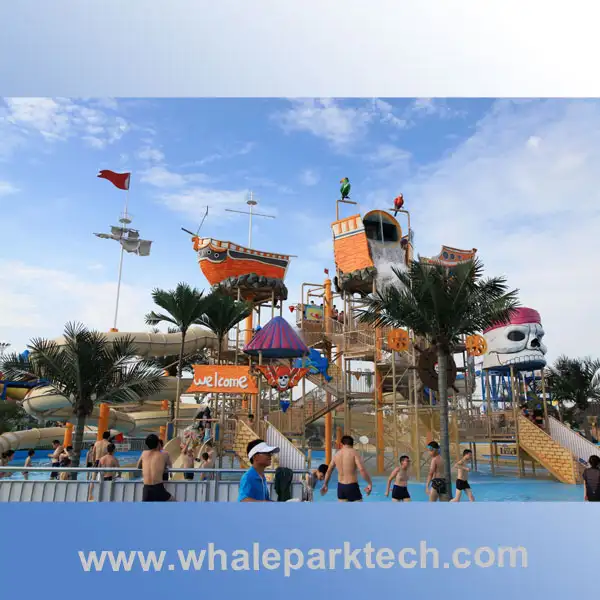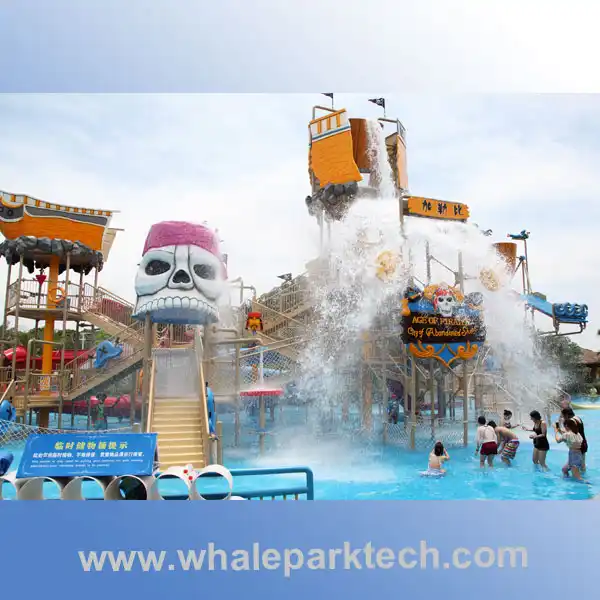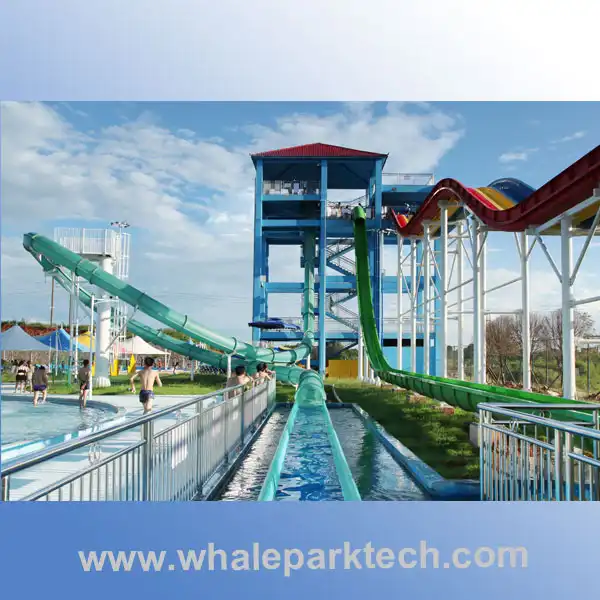Conditions for Establishing a Water Park:
Key Requirements With the rapid development of the leisure tourism market, water parks have become a popular investment target as a summer entertainment destination. However, successful operation requires systematic planning and multi-dimensional support. This article analyzes the establishment requirements from five aspects: regulatory compliance, site selection, capital investment, safety management, and ecological sustainability.
<1>. Regulatory Compliance
According to China’s Amusement Park Management Regulations and Special Equipment Safety Law, operators must:
1. Obtain business registration specifying “water entertainment services” with recommended registered capital ≥¥30 million
2. Apply for an Entertainment Business License from cultural authorities with 12 required documents
3. Pass fire department inspections on visitor flow design and emergency exits
4. Maintain water quality standards (0.3-0.5mg/L residual chlorine) Land use compliance is crucial. A 2019 case in Guangdong saw a ¥12 million fine for illegal farmland use. Commercial or tourism-zoned land is preferred.
<2>. Scientific Site Selection
Ideal locations should feature:
1. Accessibility: Within 1-hour drive from urban centers + 2,000+ parking spaces
2. Climate: Minimum 120 annual operational days (average temp >25℃)
3. Terrain: 5%-8% natural slope for water circulation
4. Market exclusivity: No similar projects within 50km radius
Chimelong Water Park in Guangzhou exemplifies successful site selection, leveraging metropolitan demand and resort synergy to attract 1.5 million visitors in its first year.
<3>. Financial Planning Typical investment breakdown:
– Land (25%-30%)
– Equipment (¥800,000-2 million/slide)
– Water treatment systems (15% of total)
– Theming (¥500-800/㎡)
IAAPA data shows medium-sized parks (80,000-100,000㎡) require ¥300-500 million initial investment.
Operational reserves should exceed ¥30 million for:
– Daily utilities (¥30,000-50,000)
– Seasonal staffing (500+ employees/day)
– Annual maintenance (8%-12% of initial investment)
<4>. Safety
Management System
A three-tier safety framework is essential:
1. Certified equipment: Slides require
TSG certification and biennial load testing
2. Staffing: 1 licensed lifeguard/1,000㎡ with full CCTV coverage
3. Emergency response: 24/7 medical stations equipped with AEDs
2018’s Large Amusement Ride Safety Code mandates wave pool gradients ≤1:8 and AI drowning detection systems.
<5>. Ecological
Sustainability Modern parks should implement:
1. Closed-loop water systems (60% water savings)
2. Solar panels covering ≥30% energy needs
3. ≥35% green space with permeable paving
4. Rainwater harvesting (20,000m³/year capacity)
Dubai’s Wild Wadi sets an industry benchmark by saving 4,000m³ daily through desalination technology.
Conclusion
As capital-intensive projects requiring strong operational
capabilities, water parks demand balanced consideration of regulations, market needs, financial security, and environmental responsibility. Investors should conduct 12-18 months of feasibility studies and assemble multidisciplinary teams to ensure sustainable success in this competitive industry.

